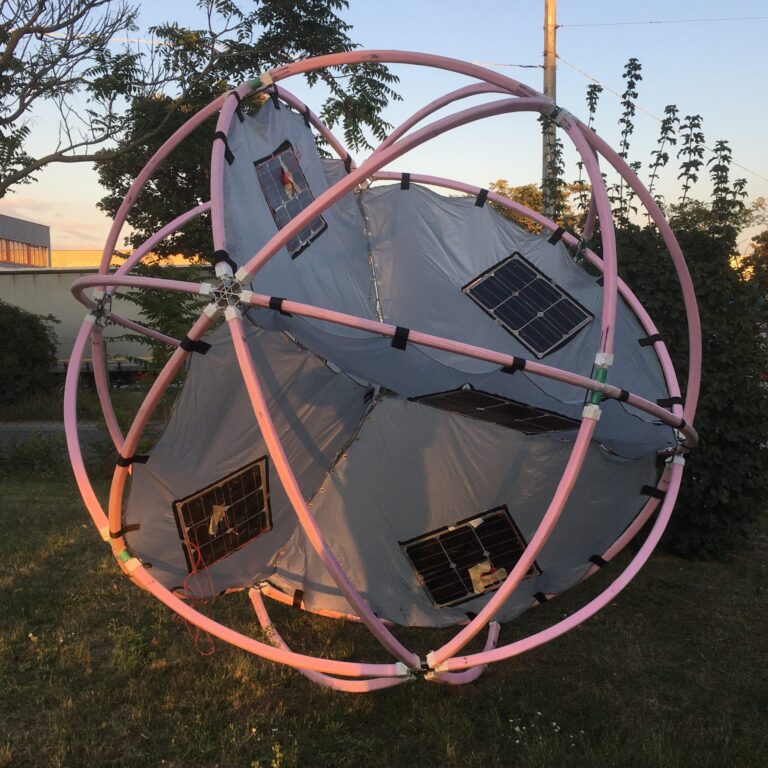Key Takeaways:
- Cometary orbits exhibit a wide range of shapes and eccentricities, not all being highly elliptical.
- Comets originating from the Oort Cloud possess highly eccentric elliptical orbits, subject to alteration by gravitational perturbations (primarily from Jupiter) and outgassing forces.
- Orbital changes due to these forces can either decrease or increase eccentricity, potentially leading to a comet's ejection from the solar system.
- Comets with less-elongated or near-circular orbits are often associated with the Kuiper Belt, as exemplified by Comet Schwassmann-Wachmann 1.
Comets actually have a wide variety of orbital shapes — and they’re not all extremely eccentric. Comets with very eccentric elliptical orbits arrive in the inner solar system from the Oort Cloud — a region thousands of astronomical units (AU, the Earth-Sun distance) away. If it weren’t for gravitational perturbations, which are usually a result of coming too close to Jupiter, these comets would return to the Oort Cloud on the same orbit. “Non-gravitational forces” — due to the jet-like reactions from outgassing of the comet nucleus itself — also slightly alter the orbit’s shape. Both of these forces cause the eccentricity of the comet’s orbit to become either smaller or larger; the latter case sometimes results in the comet completely escaping from our solar system.
Other comets have less-elongated orbits. Some of them lie among the outer planets, and others are trapped inside Jupiter’s orbit. Most comets with less-elongated orbits originated in the Kuiper Belt — the region beginning near Neptune and extending perhaps to several hundred AU. Some objects even have low-eccentricity orbits — meaning they’re close to circular. Interestingly, in 1927 scientists discovered that Comet Schwassmann-Wachmann 1 is in a near-circular orbit just beyond Jupiter. — Dave Schleicher, Lowell Observatory, Flagstaff, Arizona










